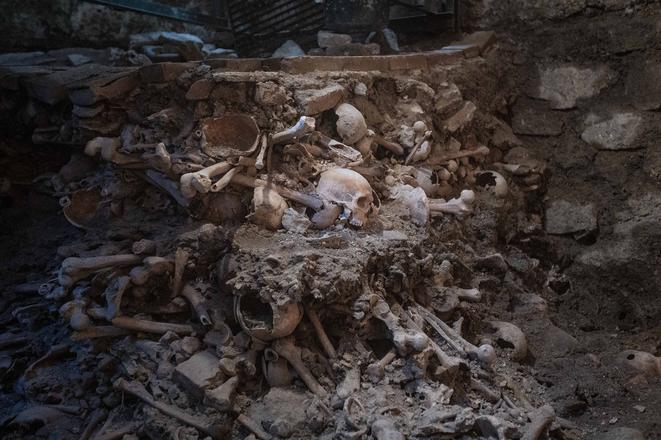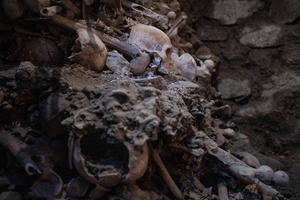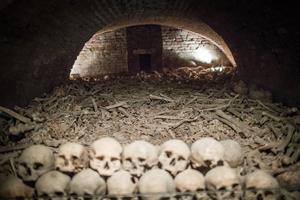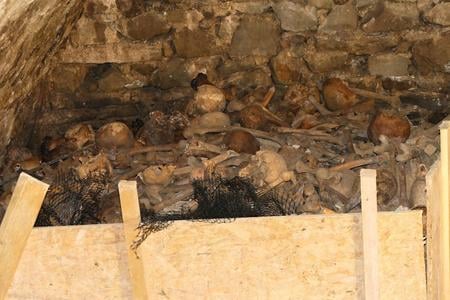For a long time, the ossuary beneath Námestie Nežnej Revolúcie (Velvet Revolution) Square in the Bratislava centre has been closed, with the occasional exception of opening on city days.
In the near future, this might change.
Currently, there is an ongoing archaeological survey until the end of the year. Once completed, the Romanesque-Gothic ossuary will be given to the capital. Due to the survey, two linden trees that stood on the site have been transplanted to the Petržalka borough. In their stead an entrance to the site with stairs, elevator and ramp is planned.
Long history
According to city spokesman Peter Bubla, the goal is to build a visitor centre. "If we make it in time for the public procurement of a construction contractor and financing is secured, the construction will be carried out in 2025." The city says it will take 15 months.
At the moment, the ossuary is located almost four metres below the ground, with a ladder being the only way in. The site dates back to the 12th century. At the time there was a settlement, a small church and a Romanesque rotunda at the site. The rotunda was turned into the ossuary in the 13th century.
It contains the remains of approximately 500 people. What makes it unique, according to researchers, is that the way the bones are stored changes according to different time periods.
"The terrain was gradually raised by the Danube Rive and its branches, which flowed through here," explains archaeologist Petra Šimončičová-Koóšová, adding that the nearest river branch ran along today's Dunajská Street, which bears the river's name.
Details to be fleshed out
An architectural competition regarding the future form of the centre has already taken place. The city has prepared a study as well. Visits will only be possible with a guide. How the centre will operate is yet to be determined, but will probably be organised.
Also, it remains to be seen how visitors will move about the ossuary. Currently, there is a steel bridge so that people do not step on the bones.







